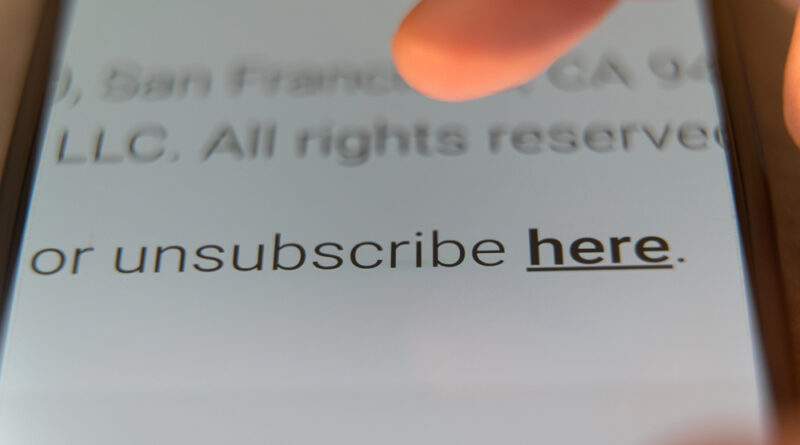When ‘Unsubscribe’ Isn’t Safe: How a Single Click Could Hand Hackers the Keys to Your Digital Life
Inbox Overload Meets Invisible Threat
If your email inbox feels more like a cluttered flea market than a tidy workspace, you’re not alone. Roughly 45 percent of global email traffic is spam, according to cybersecurity firm DNSFilter. For many of us the reflex is simple: scroll to the bottom, hit “Unsubscribe,” and hope for a little peace and quiet.
But a growing body of evidence suggests that the very button designed to free us from inbox torment could be a trapdoor for cyber-crooks. In a recent analysis, one in every 644 so-called “unsubscribe” links redirected users to malicious domains. That ratio may sound small—until you consider the billions of spam messages pumped out each day.
“Criminals will sometimes hide fake unsubscribe links in emails to confirm an address is active or funnel you straight to a phishing site,” warns Jake Moore, global cybersecurity advisor at ESET. “In extreme cases, a single click can trigger malware to download silently in the background.”
Why the Risk Is Rising
-
Instant Validation for Scammers
-
Clicking a bogus link tells attackers your address is real—and that you read unsolicited emails—making you a prime target for future scams.
-
-
Redirection to Phishing Sites
-
Fake landing pages often mimic legitimate brands, asking you to “verify” personal data or log in. Hand over credentials here and you’ve effectively given attackers a master key.
-
-
Drive-By Malware Downloads
-
Sophisticated scams embed code that can install spyware the moment the page loads, no password theft required.
-
-
Legal Loopholes Exploited
-
While UK marketers have, since 2003, been legally required to offer an opt-out, the wild west of global email marketing means bad actors face few consequences for imitating that mandate.
-
The Safer Ways to Break Up With Spam
| Strategy | How It Works | Why It’s Safer |
|---|---|---|
| Use Your Email Client’s Built-In Unsubscribe | Platforms like Gmail and Outlook show a native button near the sender’s address. | Generated by trusted software, not the sender—no hidden code. |
| Create a Filter or Rule | Automatically diverts future messages from that sender to Trash or a folder. | You never leave your inbox, so no chance of landing on a malicious site. |
| Report as Spam/Phishing | Flags the sender to your provider and trains spam filters. | Helps the broader community by reducing similar emails. |
| Hover Before You Click | On desktop, place your cursor over the link to preview the URL. | Anything that looks misspelled, shortened, or unrelated is reason enough to bail. |
Red Flags Hidden in Plain Sight
-
Urgent Language: “Final warning!” or “Account suspended!” are pressure tactics to override your caution.
-
Odd Sender Address: Legit companies don’t use random strings or mismatched domains.
-
Tiny Text, Giant Link: Overly small footer fonts or a lone hyperlink can signal a hastily assembled scam.
-
Unfamiliar Branding: Low-resolution logos or incorrect colour schemes are tell-tale giveaways.
Tim Keanini, CTO of DNSFilter, sums it up neatly: “I trust my email client—but not what’s inside the email.”
What to Do If You’ve Already Clicked
-
Disconnect from the internet to stop potential data exfiltration.
-
Run a Full Antivirus Scan with updated definitions.
-
Change Affected Passwords—start with email, banking and social media accounts.
-
Enable Two-Factor Authentication everywhere you can.
-
Monitor Accounts for suspicious activity over the next several weeks.
A Culture Shift in Click Discipline
The convenience of a single unsubscribe tap is baked into our digital habits, making it the perfect lure. While legislation aims to protect consumers, hackers have weaponised that very trust. The takeaway? Treat every unsolicited email like a stranger at your door—curiosity satisfied from behind the peephole, not with the deadbolt undone.
Staying secure doesn’t require a computer-science degree; it demands scepticism and a couple of extra seconds. Next time you feel the itch to unsubscribe, remember: the safest exit might be no click at all.
Photo Credit: DepositPhotos.com

